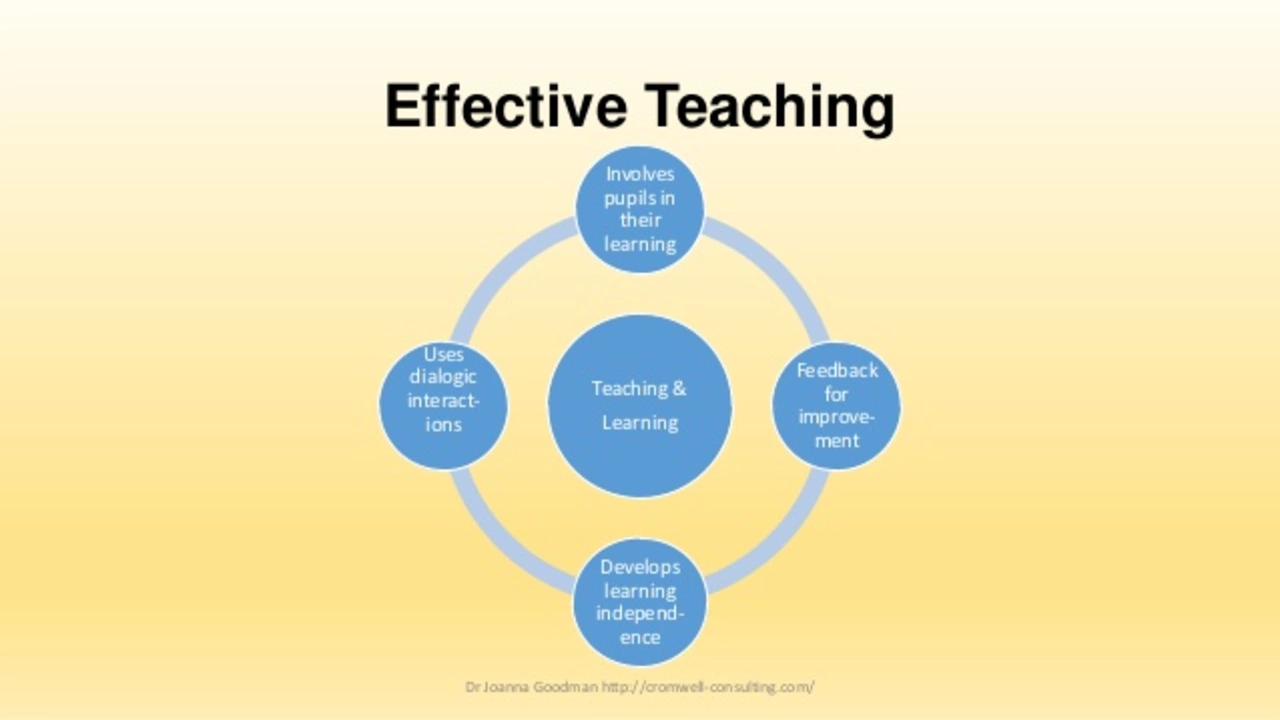Asking "when will this start working?" is the one question everyone has after taking a pill. The honest answer: it depends. Different drugs reach effect at different speeds—seconds for nasal sprays, hours for tablets, and weeks for some antidepressants. Understanding the main factors helps you set realistic expectations and avoid unnecessary worry.
How a drug is taken matters most. Inhaled or injected meds often work fastest because they bypass the gut. Sublingual tablets and oral liquids absorb quicker than pills that must dissolve. Topical creams can start helping skin symptoms within hours, but nail or systemic fungal treatments like terbinafine (Lamisil) may need weeks. For example, many people see pain relief from NSAIDs within 30–60 minutes, while antidepressants like Wellbutrin SR alternatives might require 2–6 weeks to notice change.
Drug chemistry and dose matter too. Fast-acting drugs have rapid onset and short duration. Long-acting drugs take longer to reach steady state but keep blood levels stable. Some medicines use loading doses to speed things up—Dilantin (phenytoin) and other seizure drugs sometimes need specific dosing to reach therapeutic levels quickly, under medical supervision.
Your body affects timing. Age, liver and kidney function, stomach contents, and other medicines change absorption. Taking a pill with a fatty meal can slow or speed absorption depending on the medicine. Grapefruit juice and certain antibiotics or antifungals can raise drug levels and change how fast you feel effects.
Here are simple timelines to keep in mind: painkillers (NSAIDs, acetaminophen) — 30–90 minutes; migraine meds like sumatriptan — 30–120 minutes; erectile dysfunction drugs (sildenafil, vardenafil) — 30–60 minutes; antiviral pills — within a day for symptom reduction if started early; topical antifungals — days to weeks; oral antifungals for nails — several weeks to months. These are general ranges, not guarantees.
Follow the instructions on timing and food. Give a new medication the recommended trial period before judging effectiveness—don’t stop an antidepressant or antifungal after a day. Track symptoms and side effects in a simple notebook or phone note. If you see no improvement within the expected window for that drug class, or if side effects are severe, contact your prescriber. Emergency care is needed for signs of allergic reaction, severe dizziness, breathing trouble, or chest pain.
Habits speed results. Take meds at the same time daily, set alarms, and pair them with a routine like breakfast. Read the leaflet for food rules—some meds need a full stomach to avoid nausea, others need an empty stomach to absorb well. Avoid mixing alcohol with sedatives or some antibiotics. If you take multiple drugs, bring a list to your pharmacist to check interactions that could slow or block effects.
Finally, remember adherence and realistic goals. Some conditions need combination treatment or lifestyle changes to see real improvement. If you want help estimating timelines for a specific drug (like Lamisil, Dilantin, or a migraine shot), drop the med name and I’ll give a tailored, plain answer.

As a blogger, I often get asked how long it takes for Sulfasalazine to start working. After some research, I found out that the effects may vary from person to person. Generally, it takes around 1-2 months for Sulfasalazine to show noticeable improvement in symptoms. However, some people might experience relief sooner, while others may take longer. It's important to be patient and communicate with your healthcare provider if you have any concerns about your treatment.